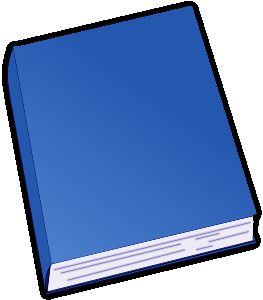A New Extinct Emydid Turtle from the Lower Pliocene of Oklahoma By: Edwin C. Galbreath |
|---|

In "A New Extinct Emydid Turtle from the Lower Pliocene of Oklahoma," Edwin C. Galbreath presents a comprehensive and meticulous study of an intriguing fossil discovery. The book serves as a testament to Galbreath's expertise in the field of paleontology, providing a detailed exploration of an extinct species while shedding light on the history and biodiversity of the Lower Pliocene period in Oklahoma.
From the outset, Galbreath's passion for his subject is evident, as he guides readers through the process of unearthing and identifying the fossilized remains. He eloquently describes the excitement that comes with such a discovery, giving readers a sense of sharing in the journey of scientific exploration.
The author's scientific methodology is both rigorous and engaging. Galbreath expertly explains each step of the research process, from the initial excavation to the analysis and interpretation of the findings. Throughout the book, he adopts a conversational and accessible style, allowing readers with varied levels of knowledge to grasp the scientific details without feeling overwhelmed.
One of the book's strengths lies in Galbreath's ability to translate complex scientific concepts into understandable language. This makes the information accessible not only to experts in the field but also to curious readers who may not possess a background in paleontology. By striking a balance between accessibility and academic rigor, Galbreath ensures that his research reaches a wide audience.
Furthermore, Galbreath's attention to detail in describing the fossilized remains is commendable. He provides precise measurements, meticulous illustrations, and comparative analyses with similar species, allowing readers to fully understand the distinctiveness and significance of this newly discovered turtle.
In addition to the scientific aspects, the book also delves into the historical and ecological context of the Lower Pliocene period in Oklahoma. By discussing the geological and climatic conditions during that time, Galbreath paints a rich picture of the environment in which this extinct turtle lived. This broader perspective enhances the reader's appreciation for the intricacies of prehistoric life and the impact of changing ecosystems.
If there is one aspect that could have been further improved, it would be the inclusion of more visual aids. While the illustrations provided are informative, the addition of photographs or reconstructions of the turtle and its habitat would have greatly enriched the reading experience.
Overall, "A New Extinct Emydid Turtle from the Lower Pliocene of Oklahoma" is an invaluable contribution to paleontology. Edwin C. Galbreath's expertise, enthusiasm, and commitment to scientific inquiry shine through in this book. Whether you are a paleontology enthusiast, a student, or simply curious about Earth's prehistoric past, this book will undoubtedly leave you with a newfound appreciation for the rich diversity that once inhabited our planet. BY EDWIN C. GALBREATH University of Kansas Publications Museum of Natural History Volume 1, No. 16, pp. 265 280, plate 1 August 16, 1948 University of Kansas LAWRENCE 1948 UNIVERSITY OF KANSAS PUBLICATIONS, MUSEUM OF NATURAL HISTORY Editors: E. Raymond Hall, Chairman; H. H. Lane, Edward H. Taylor Volume 1, No. 16, pp. 265 280, plate 1 August 16, 1948 UNIVERSITY OF KANSAS Lawrence, Kansas PRINTED BY FERD VOILAND, JR., STATE PRINTER TOPEKA, KANSAS 1948 22 3340 [Illustration: PLATE 1. Chrysemys limnodytes. Univ. Kans. Mus. Nat. Hist., Vert. Paleo. Coll. No. 7676. Fig. A, dorsal view of carapace; fig. B, ventral view of plastron. Both views approximately × .4.] A New Extinct Emydid Turtle from the Lower Pliocene of Oklahoma By EDWIN C... Continue reading book >>
|
| eBook Downloads | |
|---|---|
|
ePUB eBook • iBooks for iPhone and iPad • Nook • Sony Reader |
Kindle eBook • Mobi file format for Kindle |
|
Read eBook • Load eBook in browser |
Text File eBook • Computers • Windows • Mac |
| Review this book |
|---|